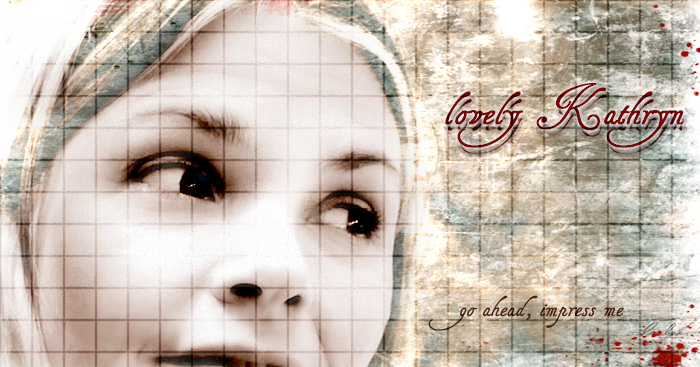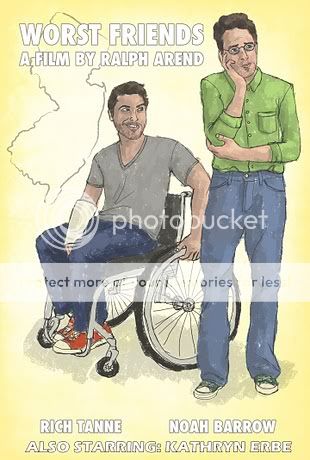Marsha Ginsberg Talks About the Set
The other afternoon I sat with Marsha Ginsberg, the set designer for Nikolai and the Others,
in the audience of the Mitzi E. Newhouse theater. A rehearsal for Act
Two of the play was going on, so we had to converse quietly, but as
everything on the stage was well illuminated I could ask more specific
questions of her work than if we'd met for coffee at a neighborhood
cafe.
I asked Ginsberg about inspirations for the set's furnishings. "There is a certain amount of Bauhaus and Wiener Werkstatte influence," she replied. "Not in an overall sense: we didn't want it to look as if Lucia" - Lucia Davidova, at whose Westport, CT farmhouse the play takes place - "had hired a decorator." She added: "We wanted to create a home as a comfortable gathering place. I imagined Lucia had a "modern" European aesthetic and collected objects and furniture of personal significance over an extended period of time. It's also a period" - the play takes place in 1948 - "when Bauhaus architects and designers (i.e. Gropius and Breuer, who left Europe) are finding their work and ideas infiltrating the arts and architecture in the U.S."
To illustrate her remark, Ginsberg, who studied art at Cooper Union in New York and set design at NYU, pointed to an elegant trolley in the middle of the set. "That's a Marcel Breuer K40 sofa table, from 1927/28. We found it at a shop in Hudson, NY." I mentioned other pieces onstage. There were dark, mahogany-stained chairs with Josef Hoffman-fabric upholstered seats. "We found those on eBay," Ginsberg said. "They are said to be Jugendstil, Thonet." I pointed farther downstage : "And those chairs we found on German eBay."
We moved on to the shape of the set's farmhouse. "I like to visit real places to get information for my design," Ginsberg said. "For Nikolai, I visited several older barn locations in the country in western Massachusetts and Connecticut. I took a lot of photos and the design developed from there."
Ginsberg said it was important that the barn set in Nikolai - there are two other sets: inside the house and just outside it - "convey the sense of a barn as a creative workplace, where Stravinsky and Balanchine could have believably worked on something like their Orpheus. I mentioned all those 1940s movies, released only a little earlier than Nikolai's timeframe, in which Mickey and Judy put on a show in the barn.
Ginsberg's reference point was more appropriate to a non-Hollywood production. "I was thinking of the barn at Tanglewood," she said. "Which isn't used much anymore. I remember it because, growing up in New York, my family had a place in the Berkshires, and we'd go to concerts at Tanglewood in the summer." As for her more recent professional connection to music, Ginsberg has designed sets for many operas, including for New York City Opera's February 2013 production of Thomas Ades's Powder Her Face. Her next project is Somewhere Fun, a new play, by Jenny Schwartz, beginning performances at off-Broadway's Vineyard Theater on May 15.
As Ginsberg told me more about her family and career background - she counts the designer Robert Israel as a mentor - I kept looking at the sloping farmhouse roof frame for the Nikolai rehearsal we were watching. "I've built quite a few A frames, or near-A frames" Ginsberg said. "Part of what I learned here was how to conceptualize it for the Newhouse's thrust stage."
Ginsberg said that the thrust stage allowed her and David Cromer, the director of Nikolai, to think of the Newhouse space "sculpturally." "In a thrust," she explained, "things can exist in three dimensions in a way that they can't in a proscenium and the audience interacts with the space uniquely by virtue of viewing the set differently depending on where they sit." She added: "We also raised the floor to be level with the first audience row. I think that brings the audience a little closer to the characters and their interactions."
Brendan Lemon is the American theater critic for the Financial Times and the editor of lemonwade.com.
I asked Ginsberg about inspirations for the set's furnishings. "There is a certain amount of Bauhaus and Wiener Werkstatte influence," she replied. "Not in an overall sense: we didn't want it to look as if Lucia" - Lucia Davidova, at whose Westport, CT farmhouse the play takes place - "had hired a decorator." She added: "We wanted to create a home as a comfortable gathering place. I imagined Lucia had a "modern" European aesthetic and collected objects and furniture of personal significance over an extended period of time. It's also a period" - the play takes place in 1948 - "when Bauhaus architects and designers (i.e. Gropius and Breuer, who left Europe) are finding their work and ideas infiltrating the arts and architecture in the U.S."
To illustrate her remark, Ginsberg, who studied art at Cooper Union in New York and set design at NYU, pointed to an elegant trolley in the middle of the set. "That's a Marcel Breuer K40 sofa table, from 1927/28. We found it at a shop in Hudson, NY." I mentioned other pieces onstage. There were dark, mahogany-stained chairs with Josef Hoffman-fabric upholstered seats. "We found those on eBay," Ginsberg said. "They are said to be Jugendstil, Thonet." I pointed farther downstage : "And those chairs we found on German eBay."
We moved on to the shape of the set's farmhouse. "I like to visit real places to get information for my design," Ginsberg said. "For Nikolai, I visited several older barn locations in the country in western Massachusetts and Connecticut. I took a lot of photos and the design developed from there."
Ginsberg said it was important that the barn set in Nikolai - there are two other sets: inside the house and just outside it - "convey the sense of a barn as a creative workplace, where Stravinsky and Balanchine could have believably worked on something like their Orpheus. I mentioned all those 1940s movies, released only a little earlier than Nikolai's timeframe, in which Mickey and Judy put on a show in the barn.
Ginsberg's reference point was more appropriate to a non-Hollywood production. "I was thinking of the barn at Tanglewood," she said. "Which isn't used much anymore. I remember it because, growing up in New York, my family had a place in the Berkshires, and we'd go to concerts at Tanglewood in the summer." As for her more recent professional connection to music, Ginsberg has designed sets for many operas, including for New York City Opera's February 2013 production of Thomas Ades's Powder Her Face. Her next project is Somewhere Fun, a new play, by Jenny Schwartz, beginning performances at off-Broadway's Vineyard Theater on May 15.
As Ginsberg told me more about her family and career background - she counts the designer Robert Israel as a mentor - I kept looking at the sloping farmhouse roof frame for the Nikolai rehearsal we were watching. "I've built quite a few A frames, or near-A frames" Ginsberg said. "Part of what I learned here was how to conceptualize it for the Newhouse's thrust stage."
Ginsberg said that the thrust stage allowed her and David Cromer, the director of Nikolai, to think of the Newhouse space "sculpturally." "In a thrust," she explained, "things can exist in three dimensions in a way that they can't in a proscenium and the audience interacts with the space uniquely by virtue of viewing the set differently depending on where they sit." She added: "We also raised the floor to be level with the first audience row. I think that brings the audience a little closer to the characters and their interactions."
Brendan Lemon is the American theater critic for the Financial Times and the editor of lemonwade.com.













No comments:
Post a Comment